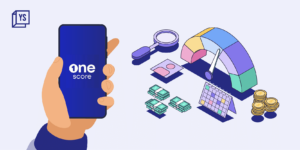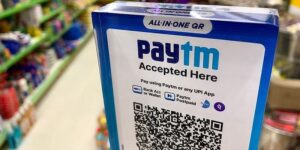The Indian healthcare sector is growing at a Compound Annual Growth Rate (CAGR) of 22% and is expected to reach $349.1 billion by FY2023. Hospitals, as they grow in scale and function, become complex and nuanced in terms of operations.
For example, billing is now not a standalone activity but a complex function which needs to be linked to several systems such as the patient’s digital health records and the hospital’s practice management platform. This is essential to facilitate a smooth patient experience as well as to adhere to standard business and audit protocols.
Payment service providers have a huge role to play in enabling a strong billing integration. The simplest integration involves the Point of Sale (PoS) device communicating with the billing solution to ‘push’ the payment. We can term this integration as a “push to pay” solution. Once this integration has been accomplished, the right APIs are activated at various points in the customer’s payment journey. The payment is initiated by the billing system interface through APIs and a notification is triggered on PoS terminals to accept payments via different payment modes. Once the payment is completed and the billing system is intimated through APIs, an invoice is printed through a completely automated process.
The integrated billing system solution reduces or eliminates manual errors in payments and records digital and non-digital transactions. This helps in the critical process of reconciliation as transactions are automatically logged, giving the organisation a simplified means to verify hundreds of transactions with ease.
In large hospitals, which have a high frequency of payments, this ‘push to pay’ integration is critical for the smooth running of the business. With integrated swipe machines, the business can save the overheads of reconciling such a huge list of transactions by month-end. Moreover, integrated solutions also help reduce fraud and cash pilferage at the counters and help reduce transaction completion time by 80%.
Payment service providers also offer various other modes of integration—such as integration with the health provider’s own app. This is particularly useful in laboratory scenarios where the various SKUs can be programmed into the solution, making selection and payment efficient and customer experience optimised.

Representational Image
Today, various innovations in payments mean that payment services can be closely customised to business needs. A myriad of value-added services complements various integrations. For the healthcare sector, this could be anything—ranging from analytics to even inventory management and GST compliance.
Healthcare providers must choose a solution that matches their business objectives. Adopting the right payment solution can help achieve the twin objectives of efficient business processes as well as excellent customer experience. After all, in healthcare, experience matters.
(Disclaimer: The views and opinions expressed in this article are those of the author and do not necessarily reflect the views of YourStory.)



![Read more about the article [Jobs Roundup] These openings may help you land a role with India’s latest unicorn Mindtickle](https://blog.digitalsevaa.com/wp-content/uploads/2021/08/mindtickpleP-1605506245681-300x150.png)
![Read more about the article [Funding alert] Online lender KreditBee raises $75 Mn in Series C funding from Premji Invest, Mirae Asset](https://blog.digitalsevaa.com/wp-content/uploads/2021/02/online-loans-mobile-apps-nigeria-1589282926989-300x182.jpg)





